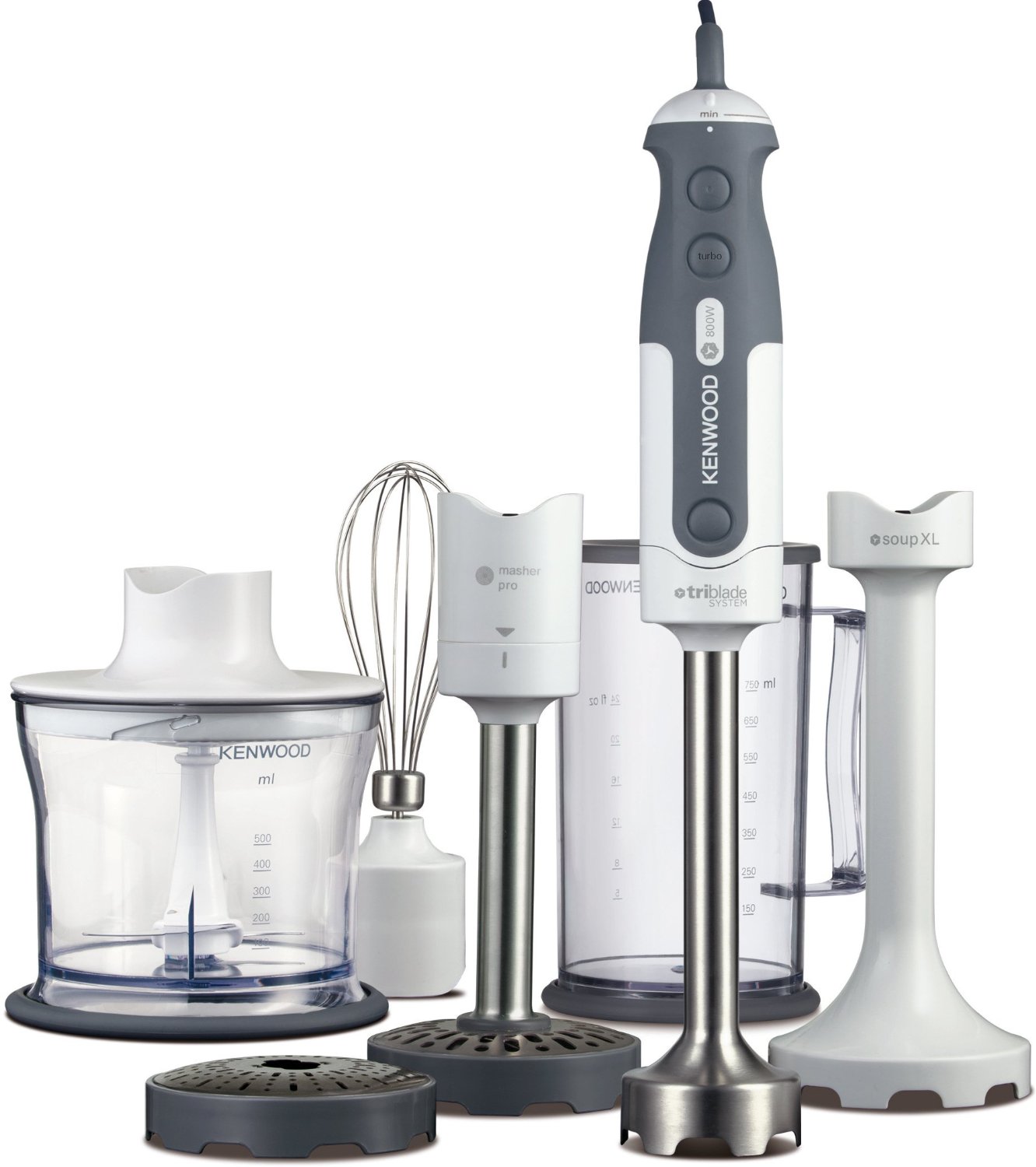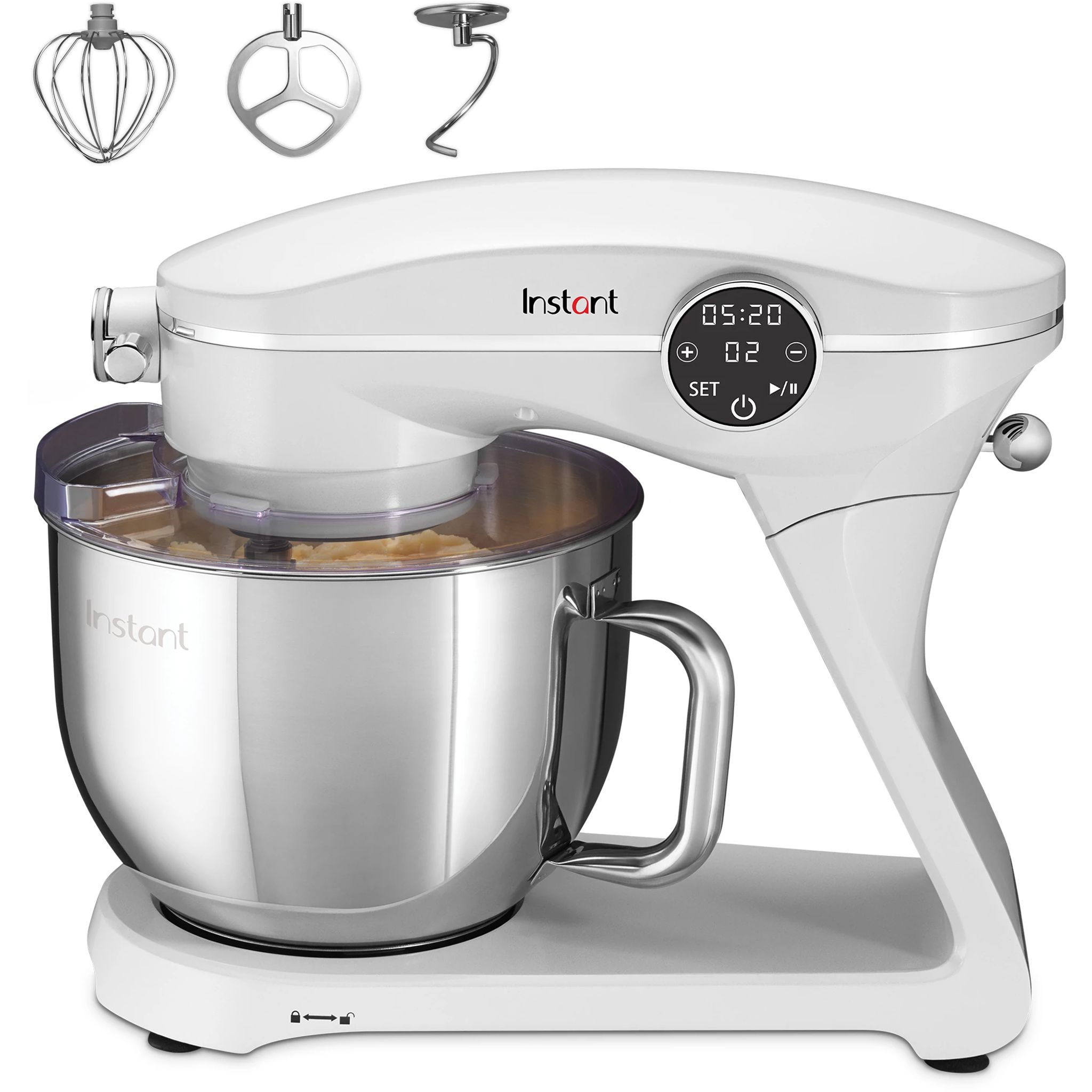Concrete is one of the most widely used construction materials in the world, essential for everything from sidewalks to skyscrapers. The process of mixing concrete has evolved significantly over the years, from manual methods to sophisticated machinery that enhances efficiency, quality, and safety. This article delves into the history and evolution of concrete mixers, examining how technological advancements have transformed the construction industry.
Historical Context: The Birth of Concrete
The use of concrete dates back to ancient civilizations, with the Egyptians, Greeks, and Romans employing early forms of the material for various structures. However, the mixing of concrete was a labor-intensive process, often done manually.
- Ancient Techniques: Romans famously used a form of hydraulic concrete, mixing lime with volcanic ash. Workers would mix this manually on-site, often using wooden troughs.
- Medieval Innovations: In the Middle Ages, the introduction of mortar mills helped streamline the mixing process, but it still relied heavily on human labor.
The Advent of Mechanical Mixers

As the Industrial Revolution took hold in the 19th century, mechanical innovations began to reshape the construction landscape, leading to the development of the first concrete mixers.
- First Concrete Mixer (1900): The first patented concrete mixer was designed by a man named Miles E. D. W. McCaffrey. It was a simple machine that allowed for the mixing of concrete ingredients in a barrel.
- Drum Mixers (1920s): Following the initial innovations, drum mixers became popular. These mixers featured a rotating drum that combined the ingredients more thoroughly than manual methods.
- Revolutionary Advancements (1930s): The introduction of the continuous mixer allowed for the production of concrete in large quantities, offering significant efficiency gains.
Modern Concrete Mixers: Features and Technologies

Today, concrete mixers have become highly advanced, equipped with features that enhance their functionality and performance. Modern concrete mixers can be classified into several categories, each catering to different construction needs.
Types of Modern Concrete Mixers

- Batch Mixers: These mixers produce concrete in specific batches. They are ideal for small to medium-sized projects where precise control over the mix is necessary.
- Continuous Mixers: Suitable for large projects, these mixers allow for a continuous flow of concrete, significantly increasing productivity.
- Truck Mixers: Commonly seen on job sites, these mixers are mounted on trucks and can transport mixed concrete directly to the site, ensuring freshness.
- Mobile Mixers: These versatile mixers can produce concrete on-site, allowing for tailored mixtures that meet specific project requirements.
Technological Innovations
Modern concrete mixers are equipped with various technologies that enhance their performance and ease of use:
- Automation: Many modern mixers are automated, allowing for precise measurement of ingredients and reducing human error.
- Remote Monitoring: Advanced mixers come with IoT capabilities, enabling real-time performance monitoring and diagnostics.
- Energy Efficiency: New mixer designs focus on reducing energy consumption, with some using electric motors or hybrid technologies.
- Environmental Considerations: Innovations in materials and processes have led to the development of eco-friendly concrete mixes that reduce carbon emissions.
Case Studies: The Impact of Modern Mixers
To illustrate the profound impact of modern concrete mixers, let’s look at a few case studies that highlight their effectiveness in real-world applications.
Case Study 1: Infrastructure Development in Urban Areas
In cities like Dubai, the demand for rapid construction has led to the adoption of advanced concrete mixing technologies. The use of truck mixers allows for the quick transportation of concrete to high-rise construction sites, enabling projects to meet tight deadlines.
Case Study 2: Sustainable Construction Practices

In Europe, companies are increasingly using mobile mixers to produce eco-friendly concrete on-site. This approach not only minimizes waste but also reduces transportation emissions associated with delivering pre-mixed concrete.
Statistics on Efficiency

According to a report by the National Ready Mixed Concrete Association (NRMCA), using modern concrete mixers can lead to:
- Up to a 30% reduction in labor costs.
- A 20% increase in production speed.
- Improved consistency in the quality of the concrete mix.
The Future of Concrete Mixing Technology
The future of concrete mixers is promising, with ongoing research and development focused on sustainability, efficiency, and automation. Some trends to watch include:
- 3D Printing: The integration of 3D printing technology with concrete mixing could revolutionize construction by allowing for on-demand production of complex structures.
- Smart Mixers: Future mixers may incorporate advanced AI algorithms to optimize mix designs based on specific project requirements.
- Biodegradable Additives: Research into environmentally friendly additives may result in greener concrete mixes that meet both performance and sustainability standards.
The evolution of concrete mixers from manual labor to modern machinery reflects a broader trend in construction technology. From the early days of mixing concrete in troughs to today’s automated, energy-efficient mixers, advancements in this field have significantly improved efficiency, safety, and sustainability. As the demand for innovative construction methods continues to grow, concrete mixers will play a pivotal role in shaping the future of the industry. The integration of new technologies, coupled with a focus on environmental stewardship, promises to lead to even more exciting developments in the years to come.
In summary, understanding the evolution of concrete mixers not only highlights the technological advancements made over the years but also underscores the importance of continued innovation in meeting the challenges of modern construction.
